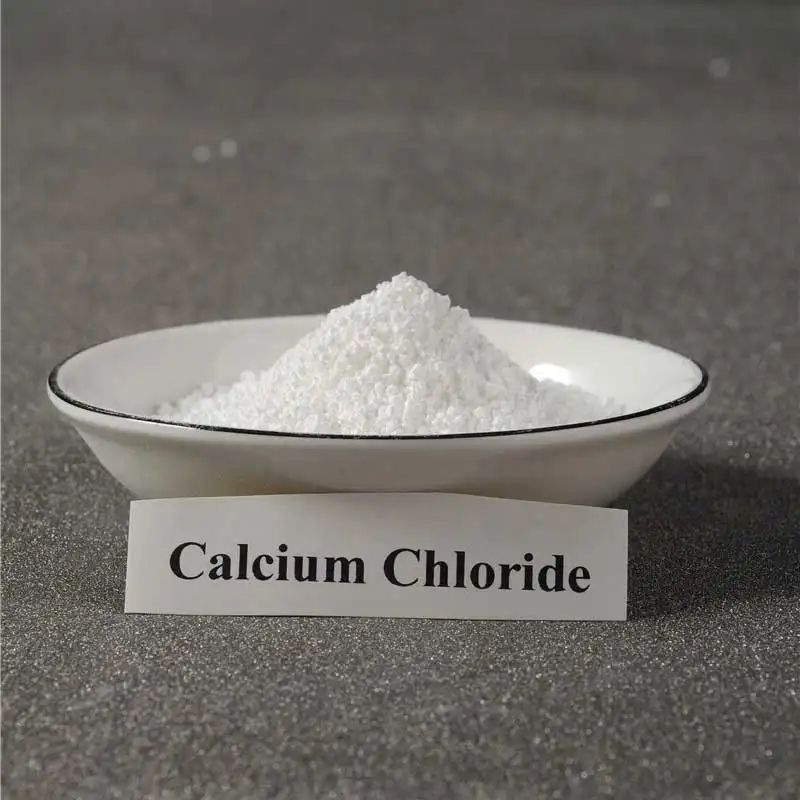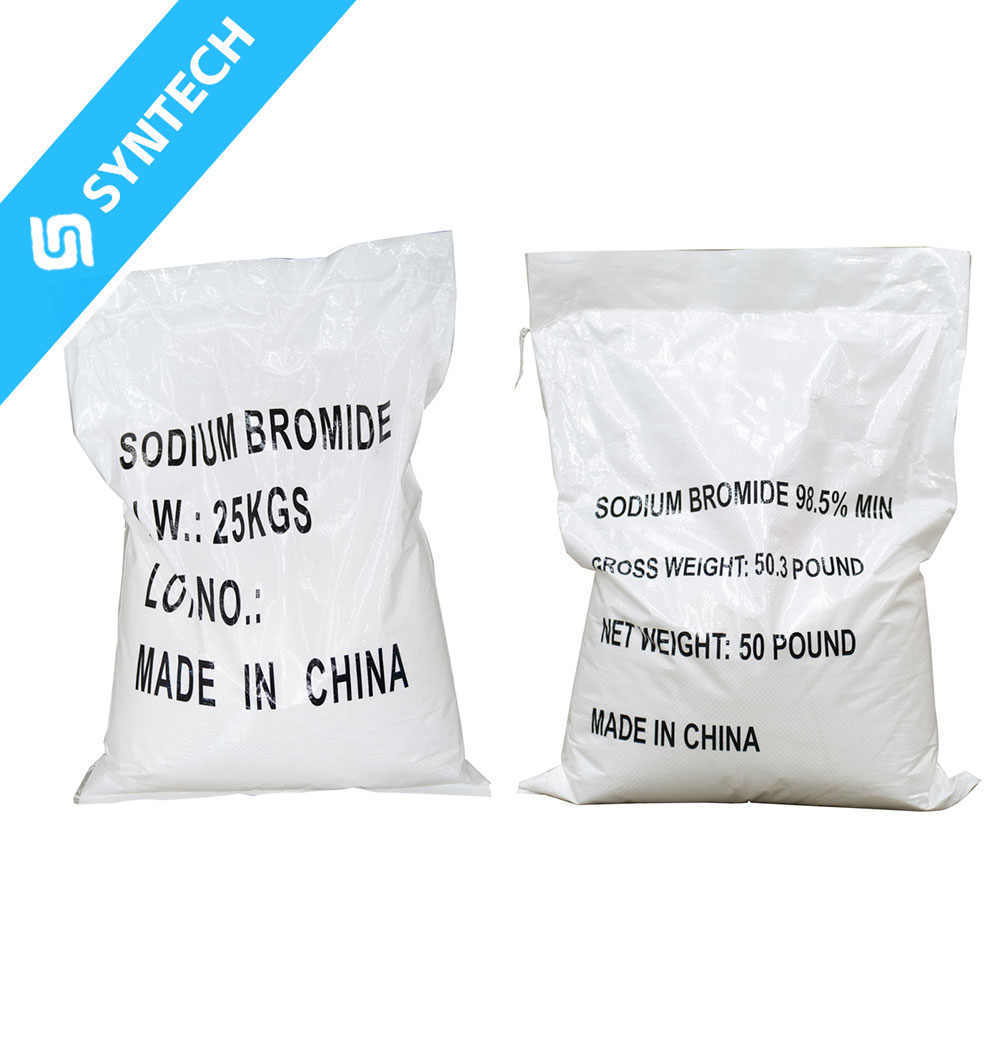Industrial Synthesis of SMAS
Primary Route: Sulfonation of Methallyl Chloride
The most common industrial method involves the reaction of methallyl chloride (MAC) with sodium sulfite (Na₂SO₃) in an aqueous medium.
1. Reaction Mechanism
Chemical Equation:CH2=C(CH3)CH2Cl+Na2SO3→CH2=C(CH3)CH2SO3Na+NaClCH2=C(CH3)CH2Cl+Na2SO3→CH2=C(CH3)CH2SO3Na+NaCl
- Nucleophilic substitution: The sulfite ion (SO₃²⁻) replaces the chloride (Cl⁻) in methallyl chloride.
- Exothermic reaction: Requires controlled temperature to avoid side reactions (e.g., polymerization of the double bond).
2. Industrial Process Steps
a) Raw Material Preparation:
- Methallyl chloride (purity >98%) and sodium sulfite (anhydrous or heptahydrate) are dissolved in deionized water.
- Molar ratio: Na₂SO₃ : MAC = 1.05–1.1 : 1 (excess sulfite ensures complete conversion).
b) Reaction Conditions:
- Temperature: 70–90°C (optimized to balance reaction rate vs. byproduct formation).
- pH: Maintained at 8–10 (alkaline, using NaOH to neutralize HCl byproduct).
- Time: 4–6 hours under stirring.
c) Byproduct Removal:
- NaCl (salt): Precipitates out and is filtered post-reaction.
- Unreacted MAC: Recovered via distillation and recycled.
d) Purification:
- The SMAS solution is concentrated by vacuum evaporation.
- Crystallization: Cooled to 10–20°C to precipitate SMAS crystals.
- Washing: Crystals are washed with cold ethanol/acetone to remove residual salts.
- Drying: Fluidized bed drying yields a white powder (purity >95%).
3. Key Process Controls
- Oxygen exclusion: Nitrogen sparging prevents oxidation/polymerization of the double bond.
- Impurity management:
- Diallyl sulfonate (from MAC dimerization) is minimized by controlled temperature.
- Iron ions (catalyst for polymerization) are avoided using stainless steel reactors.
4. Alternative Methods
a) Oxidation of Methallyl Mercaptan:CH2=C(CH3)CH2SH→H2O2/NaOHSMASCH2=C(CH3)CH2SHH2O2/NaOHSMAS
- Less common due to higher cost of thiol precursors.
b) Electrochemical Sulfonation:
- Emerging method using electrolysis to generate sulfite in situ (reduces Na₂SO₃ consumption).
5. Industrial-Scale Equipment
- Reactor: Glass-lined or 316L stainless steel, equipped with reflux condenser.
- Filtration: Rotary vacuum filters for NaCl removal.
- Crystallizer: Scraped-surface crystallizer for high-purity SMAS.
6. Yield & Efficiency
- Typical yield: 85–92% (based on MAC).
- Energy consumption: ~1.5–2 kWh/kg SMAS (mainly for evaporation).
Environmental & Safety Considerations
- Waste streams: NaCl brine (non-toxic but requires disposal).
- VOC emissions: Trapped MAC vapor is recycled.
- Safety: MAC is flammable; sulfite dust is irritant (ATEX zones for equipment).
Major Producers & Patents
- Companies: Nouryon, BASF, Shandong Taihe Water Treatment Technologies.
- Patents:
- US 3,544,597 (improved sulfonation process).
- CN 105732624A (low-temperature crystallization method).
For pilot-scale protocols, refer to “Industrial Organic Chemistry” (Wittcoff et al.) or CEH reports. Let me know if you need reactor schematics or mass balance details!






